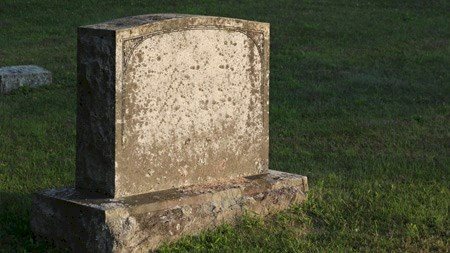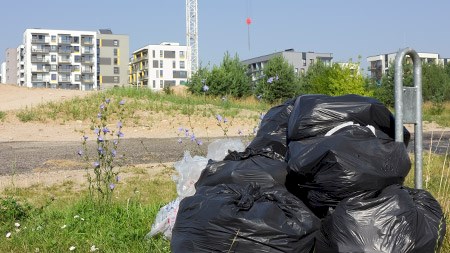Honouring the dead has long played an important role in society. One but only need refer to Scotland’s ancient burial mounds, Egypt’s pyramids and the tombs of the Incas for evidence of the importance placed on such matters. Not only do places of burial provide society with a means to honour and remember the dead, they provide society with a means to dispose of bodies in a healthy fashion and express cultural beliefs. Moreover, burial sites provide people with a place to grieve and ultimately move on with their lives and also act as a communal meeting place to foster community and family ties.
Over the past few years, South African society’s ability to engage with burial sites - specifically cemeteries - in this fashion has largely been curtailed given the high incidence of crime which occurs at such spaces. Car and tombstone theft, vandalism, robbery, rape and murder are now commonplace in public cemeteries. What’s more is that most have fallen into disrepair and space for new graves is rapidly running out. Little has been done to tackle the issues - until now.
In a bid to address the issues surrounding South Africa’s cemeteries, Calgro M3, a black empowered residential project developer which specialises in integrated housing developments recently opened the first phase of Nasrec Memorial Park. The park is the first of its kind and the first of many Calgro hopes to operate in the near future.
Located at 1 Rand Show Road in Aeroton on the outskirts of Soweto, the non-denominational memorial park measures 20ha which will eventually accommodate approximately 40 000 burial sites. Two interlinking dams have already been constructed with plans for a third on the cards. Indigenous trees have been planted throughout the landscaped park which also features walkways and benches for those seeking a quiet place to reflect.
According to Wikus Lategan, MD of Calgro M3, the park has been designed in such a way as to prevent the monotonous row upon row of tombstones typically associated with cemeteries. In some sections burial sites will be diagonally assembled and in others only flat grave markers will be allowed. Size restrictions will apply to tombstones with a view to maintaining a tranquil aesthetic. Each grave will be deep enough to accommodate three coffins.
Also on site are a gatehouse and a wall of remembrance which features an eternal flame. Construction of an administrative building and the first of four chapels have begun. The largest chapel will be able to accommodate 200 people or more if necessary, thereby replacing the need for the ungainly tents which commonly litter burial parks.
The entire park operates free of the energy grid and top notch security facilities including electric fencing, solar powered lights, CCTV cameras and 24 hour guards have been implemented. To date, Calgro has invested approximately R75m in the park.
Calgro’s close association with the integrated housing market has arguably provided it with unique insights into what is needed at a grass roots level. Indeed, as is the case with Calgro’s housing developments, the park will address a shortage issue and takes into consideration the needs, fears and frustrations of communities. Given the clear need for a facility of this nature, there’s little doubt that it will be well received.
Another important aspect of the park is the fact that those who purchase plots can rest assured that the park will continue to be professionally and privately run into perpetuity. Plot financing plans are available for lower-income parties with plot prices starting at R10 000.
Aside from the direct burial related benefits, it’s worth mentioning that the park also utilises land which otherwise would have been left open as it isn’t fit for residential use. It is also envisaged that the park will create local jobs, will provide the opportunity for research into future cemetery sites and will yield a positive net cash flow for the city.




